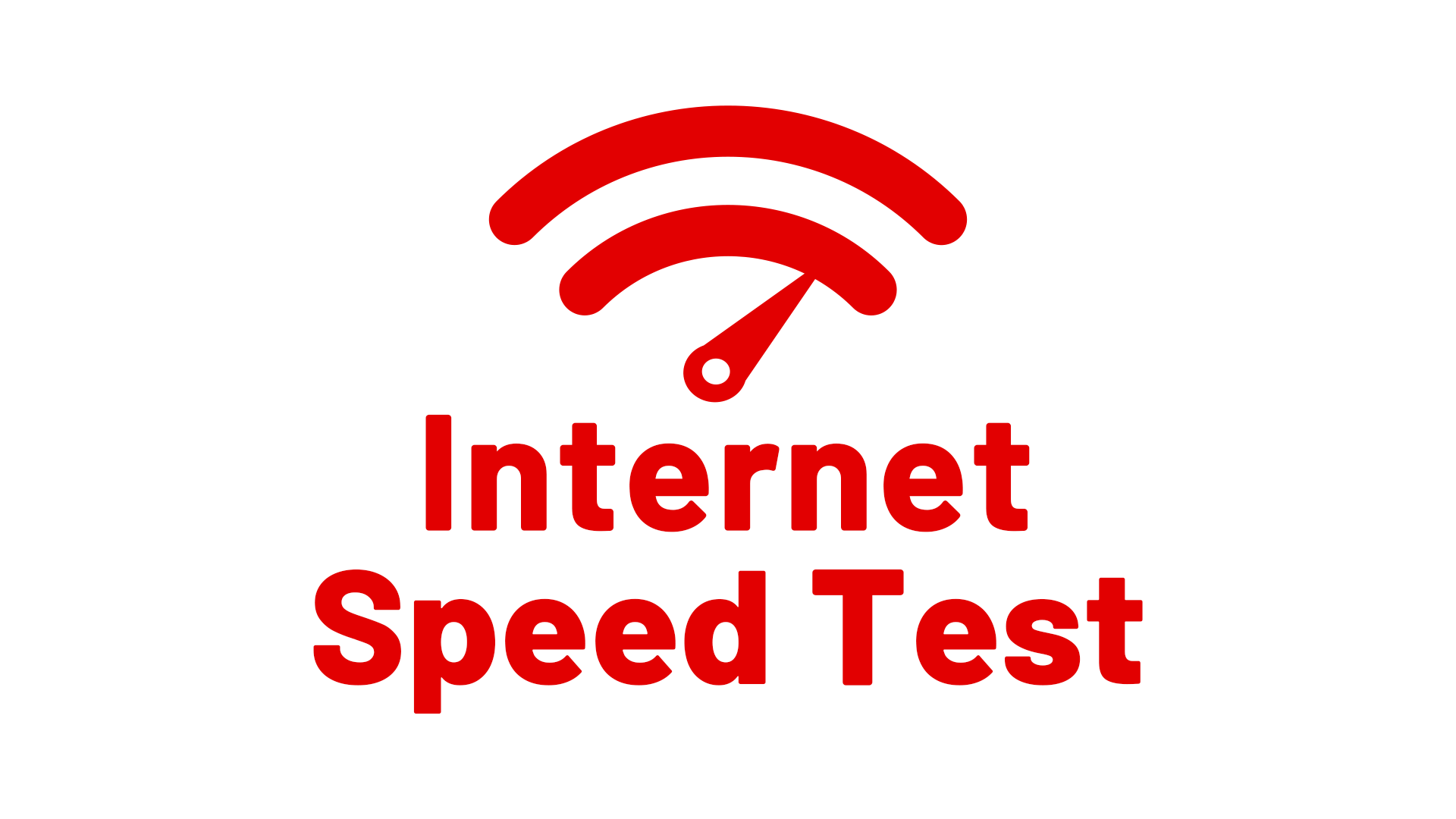
One of the most common questions our real estate agents receive from buyers is “what high-speed internet is available in Evergreen, Colorado”. In the post Covid era many people are still working out of their home. Many people are finding they can work from anywhere so why not work from their home in the beautiful mountain town of Evergreen, Co? It is now the most common question buyers have. The answer to the question depends on where in Evergreen you will be moving. There are a lot of homes that have high-speed internet and there are a lot that don’t.
It all depends on what the buyer considers high-speed internet. The FCC considers 25MBS high-speed internet. People moving from the city that are sporting 150+ MBS may have a different opinion. If you are happy with 25 MBS then you will be OK with almost all properties since Hughesnet, Rise Broadband and other similar speed services are available. Since 25 MBS may not work in all situations many people are looking for homes for sale that they can get Xfinity or Comcast and Higher speeds. Even those services peak out under 100MBS in most areas in Evergreen.
Starlink seems to be the biggest blessing mountain homes will get in the next few years. Starlink in Evergreen, Co is still in beta testing. There are a few home that currently have Starlink. It is not scheduled to be widely available in the Denver Foothills and Evergreen until 2022. This will be a fantastic service talking about 150 MBS.
Your real estate agent and you will need to identify a property and then actually do a little due diligence to see what high speed internet is available at that particular home. The strange part is about mountain internet is that it may be available at one home and not another one right across the street. If high speed internet is on the top of your list of needs then you will need to do a little homework.
You may need to trade a little internet speed for the luxury of living in the beautiful Denver Foothills. It may be a small sacrifice for such a wonderful way of life.

Orson Hill Realty is a real estate company in Evergreen, Colorado that serves the Denver Foothills and the Denver Metro. Orson Hill Realty can assist in any size real estate transaction from small land listings to luxury listing agents and buyer brokers.
Orson Hill Realty has experienced listings agents and buyer agents. Our Realtors know how use high tech digital marketing mixed with old school marketing to sell your home faster and for more money.
This technology also helps buyers find their home faster. That way a buyer never misses the perfect home again. Any real estate agent in this day and age that doesn’t leverage technology is not doing their clients any favors. All Orson Hill Realty real estate agents are Realtors.
Orson Hill Realty is a full-service Colorado-based real estate company that offers professional real estate agents and brokers to assist you in your buying or selling process. Our agents are well-versed in the local community and have a strong online presence, making them highly effective in their field. For buyers, we offer online listing alerts and a user-friendly portal to facilitate an efficient home search, with access to homes not yet on the market, and for sellers, we advertise on a wide range of listing websites to ensure high visibility for your listing.
As realtors, we are dedicated to upholding a higher level of ethics and experience in our business, and we are deeply invested in the community, with active participation in various local events and activities. Our real estate agents possess a wealth of knowledge on the local area and know how to negotiate the best prices for your needs. We offer excellent services for luxury homes and horse properties, although we handle any size real estate transaction with utmost professionalism.
Our company places a strong emphasis on technology, recognizing the importance of an online presence to meet the demands of our fast-paced industry. With multiple high traffic websites and digital marketing strategies, we ensure that your property is marketed throughout the internet to reach a wider audience. We are dedicated to providing luxury services to all our clients, regardless of the price point.
Orson Hill Realty
Ask me about Southwest Florida real estate

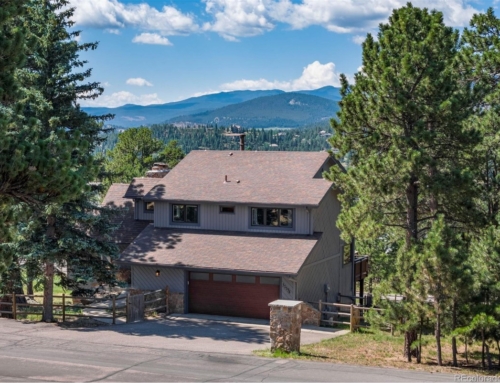
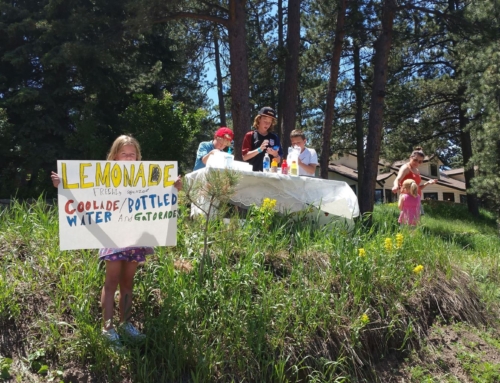

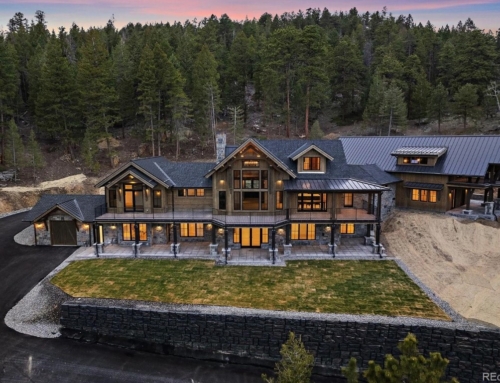
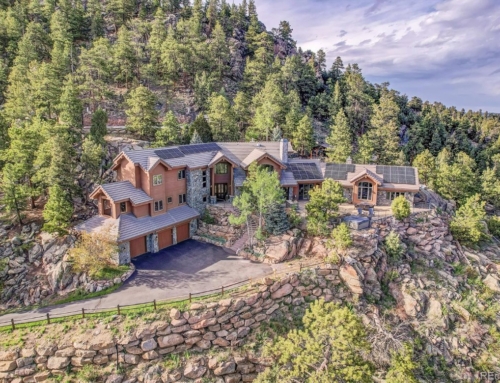
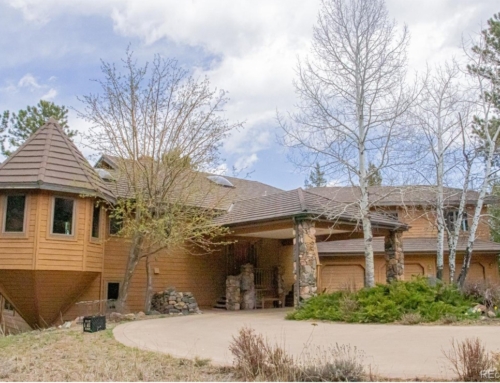
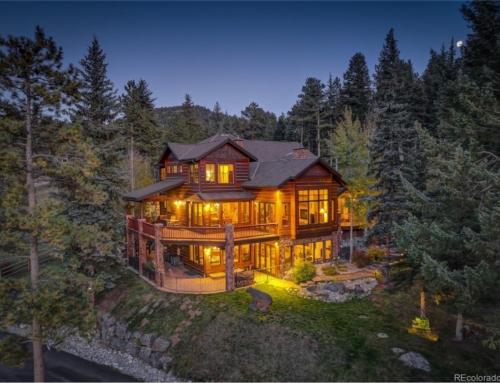
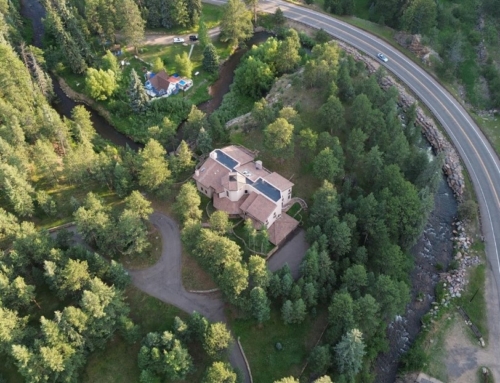
https://www.hughesnet.com/
More Data Plans to Choose From
Our four service plans offer a wide range of data options for all types of users, making the choice easy! Find the satellite Internet plan that suits your typical Internet needs. When your needs change, changing your plan is easy.
Bonus Zone – More Data When You Need It
All plans also come with off-peak data in the Bonus Zone, so you can do more without using data from your service plan. With the Bonus Zone, get 50 GB/month of additional plan data to use during off-peak hours (2am-8am) that you can use for downloading large files and system updates to your computer, tablet, or smart phone.
Unlimited Data – No Hard Data Limits^
With HughesNet Gen5, hard data limits are a thing of the past. We’re committed to helping customers stay connected no matter what. That means even if you exceed your satellite Internet plan data, there’s no reason to stress! We won’t cut you off or charge you more. You’ll be able to stay connected at reduced speeds until the next billing cycle. If you need to increase your speed immediately, you can always use a Data Token to return to your fastest speeds.
Data-saving features
HughesNet Gen5 automatically compresses and optimizes web content with built-in SmartTechnologies to make webpages load faster while using less of your data. HughesNet Gen5 also includes a video data-saver so you can watch more videos using less of your data. It adjusts data rates for streaming video to deliver DVD quality, so you can watch 3 times more video.††
https://www.risebroadband.com/residential/#get-quote
Add UNLIMITED DATA and Avoid Data Usage Charges!
Go Fast! Get speeds up to 25 Mbps!
Get up to 50 Mbps for just $10 more per month (where available)
Add Rise Broadband Digital Phone for $20
Save $75 with 50% off Installation!
https://mtnbb.com/
The genesis of what was to become Mountain Broadband began around 2010 when two men who lived in Coal Creek Canyon put their heads together to tackle the problem of slow to non-existent internet service in much of the canyon area. At that time a lucky few homes could get around 1mbps from a cable service. There was also a wireless co-op which had been formed by volunteer residents beaming router signals between houses. A wireless company also offered service, but the uneven terrain, deep canyons, and thick forest canopy left large areas of our neighborhoods with no option except dial-up which had already become seriously unable to meet mainstream needs. The phone company eventually offered DSL service, but that was slow, and not everyone could get it.
Our first thoughts centered around upgrading the cable service to higher speeds and reliability. It soon became clear the aging cable system would rapidly become inadequate and still leave large areas without service. We began planning a network of wireless “towers” around the area that would cover most canyon homes with a new rapidly emerging high-speed wireless technology. While this first vision didn’t cover “every” house it was a giant step forward. Soon we were beaming a wireless bandwidth from “the city” up to the highest mountain in the area (Starr Peak) and relaying it down to homes as well as a network of smaller towers in our three-county area. The community response was very encouraging. We soon discovered our first “plan” was destined to become outrun by demand. It was only a matter of a few months before we had to increase our bandwidth to the mountain to five-times what was originally envisioned. Then several months later we had to again double it to ten times our original plan. Obviously the thirst for bandwidth was rapidly outpacing our expectations. We responded by applying the full force of our resources and personnel to adding capacity and carving out new antenna sites to serve more people. We were keenly aware that other internet providers had been seduced by over-subscribing their network and failing to keep the main feeds up to the task of supplying both an ever-growing number of customers AND the thirstier devices in our homes. Mountain Broadband never lost sight of this responsibility. We have maintained this ethic by constantly upgrading equipment as we eventually began serving mountain communities ranging from far north of Nederland down as far south as Sedalia and Castle Rock.
While concentrating on our wireless mission during our early years (2012 to 2017), never would we have imagined it would be possible to bring symmetrical 100mbps fiber service to our charming little canyon where it all started, but here we are. We are very proud of the support from the community which enabled us to do this without ever increasing our wireless service rates and never taking a dime of government subsidies or handouts. We owe it all to you.